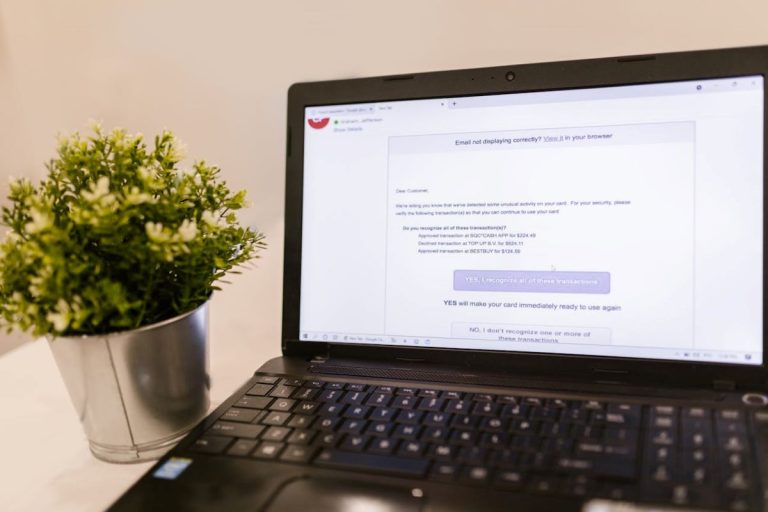
E mail has develop into a essential communication device for people and organizations alike. Nonetheless, as electronic mail utilization has grown, so too has the sophistication of threats concentrating on electronic mail safety, together with spam, phishing, and different varieties of electronic mail fraud.
To fight these threats and enhance electronic mail deliverability, three key applied sciences have emerged as important parts of a sturdy electronic mail safety technique: DMARC (Area-based Message Authentication, Reporting, and Conformance), SPF (Sender Coverage Framework), and DKIM (DomainKeys Recognized Mail). Understanding DMARC, SPF, and DKIM is essential for anybody trying to safe their electronic mail communications and guarantee their messages attain their meant recipients with out being intercepted or misused by malicious actors.
On this article, we’ll delve into the workings of those applied sciences, explaining how they contribute to the safety and integrity of electronic mail communication and why they’re indispensable instruments within the struggle in opposition to email-based threats. By demystifying these complicated applied sciences, we goal to empower readers with the data wanted to reinforce their electronic mail deliverability and shield their digital communications.
What are DMARC, SPF, and DKIM?
Let’s study every extra carefully, defining what they’re so you will get a greater understanding of how they apply to electronic mail deliverability.
1. SPF (Sender Coverage Framework)
SPF is an electronic mail authentication technique designed to stop spammers from sending messages on behalf of your area. At its core, SPF permits the area proprietor to specify which mail servers are licensed to ship emails from that area. That is completed by including a selected SPF file to the area’s DNS data. When an electronic mail is shipped, the receiving mail server checks this SPF file to confirm that the e-mail comes from a server licensed by the area proprietor.
For instance, in case your area is “instance.com” and you’ve got an SPF file that solely contains your individual mail server, any emails purporting to be from “instance.com” however despatched from an unauthorized server might be flagged as potential spam or rejected outright. SPF helps keep the integrity of your electronic mail communications and protects your area fame.
2. DKIM (DomainKeys Recognized Mail)
DKIM takes electronic mail authentication a step additional. It permits the sender to connect a digital signature to the e-mail, which is linked to the area. This signature is verified in opposition to a public cryptographic key that’s revealed within the area’s DNS data. When an electronic mail is acquired, the receiving server makes use of this public key to verify the signature and be certain that the e-mail has not been altered throughout transit.
DKIM supplies a method to make sure the content material integrity and authenticity of an electronic mail. It verifies that the e-mail was certainly despatched by the area it claims to come back from and that its content material hasn’t been tampered with. That is particularly vital for stopping electronic mail spoofing and guaranteeing that the content material of your emails is trusted by recipients and their electronic mail suppliers.
3. DMARC (Area-based Message Authentication, Reporting, and Conformance)
DMARC is a protocol that builds upon SPF and DKIM. It permits area homeowners to outline how an electronic mail that fails SPF or DKIM checks needs to be dealt with by the receiving server. This might imply quarantining the e-mail (transferring it to the spam folder), rejecting it outright, or letting it go by means of with a word that it failed authentication.
A major side of DMARC is its reporting function. Area homeowners can obtain reviews from electronic mail servers that element the DMARC analysis outcomes of emails claiming to come back from their area. This info is invaluable for understanding and enhancing a website’s electronic mail authentication setup and for figuring out and stopping unauthorized use of the area in electronic mail communications.
Impression on E mail Deliverability
Collectively, SPF, DKIM, and DMARC kind a robust trio within the struggle in opposition to electronic mail abuse. They assist be certain that professional emails aren’t mistakenly flagged as spam or phishing makes an attempt, which is essential for electronic mail deliverability. When an electronic mail fails these authentication checks, it’s extra more likely to be rejected or marked as spam by receiving electronic mail servers. This will hurt the sender’s fame and cut back the probabilities of their emails reaching their meant viewers.
By correctly organising SPF, DKIM, and DMARC, organizations can considerably enhance the deliverability and credibility of their emails. It indicators to receiving servers and electronic mail shoppers that the sender is professional and takes electronic mail safety severely. That is particularly vital for companies, as electronic mail is usually a major channel for communication with prospects, companions, and workers.
Understanding and implementing DMARC, SPF, and DKIM is crucial for any group or particular person counting on electronic mail communication. These protocols not solely assist shield your area from getting used for electronic mail abuse but additionally be certain that your professional emails attain their meant recipients. By enhancing electronic mail deliverability and safety, SPF, DKIM, and DMARC play a pivotal function in sustaining efficient and reliable electronic mail communication in an more and more digital world.
